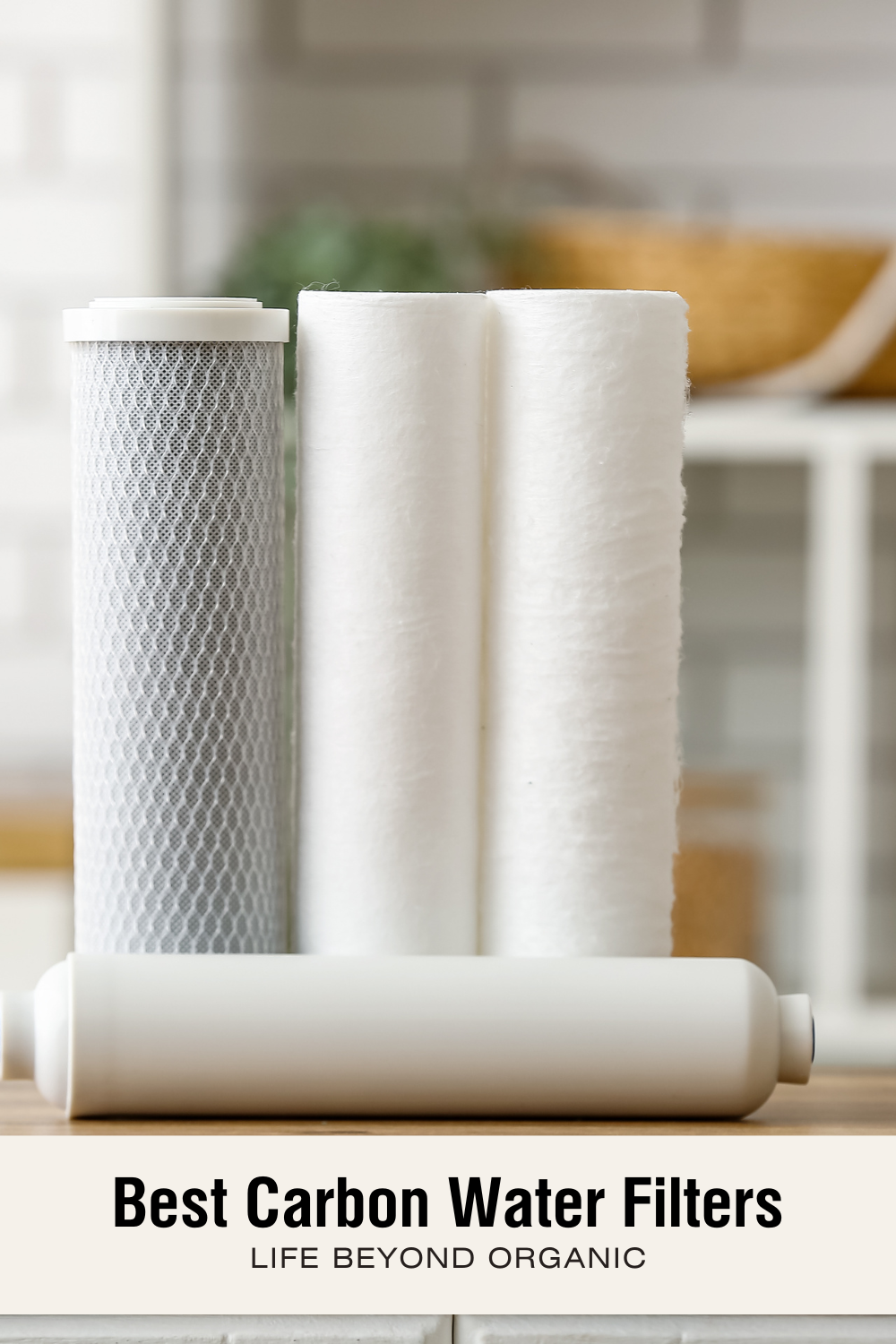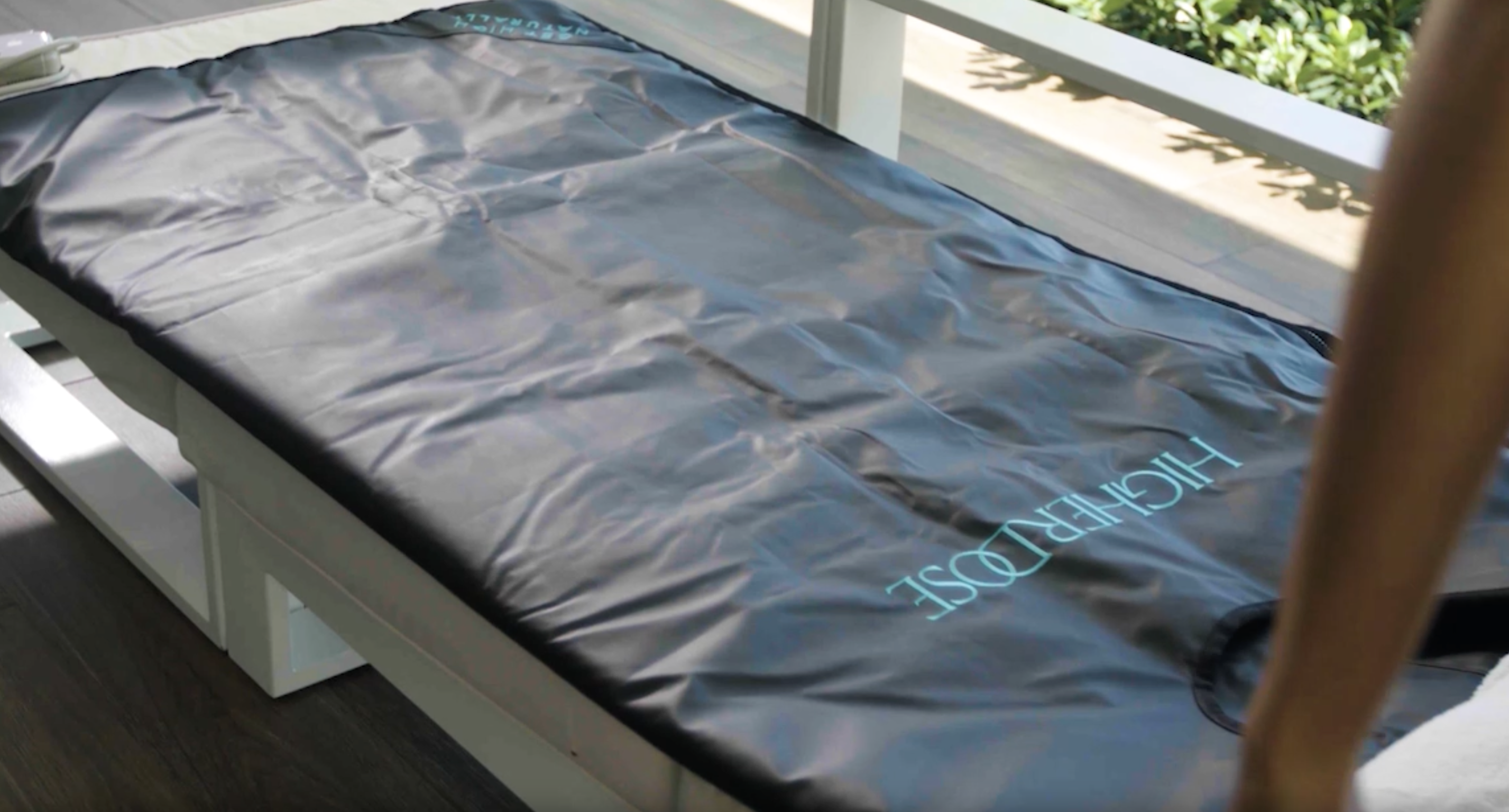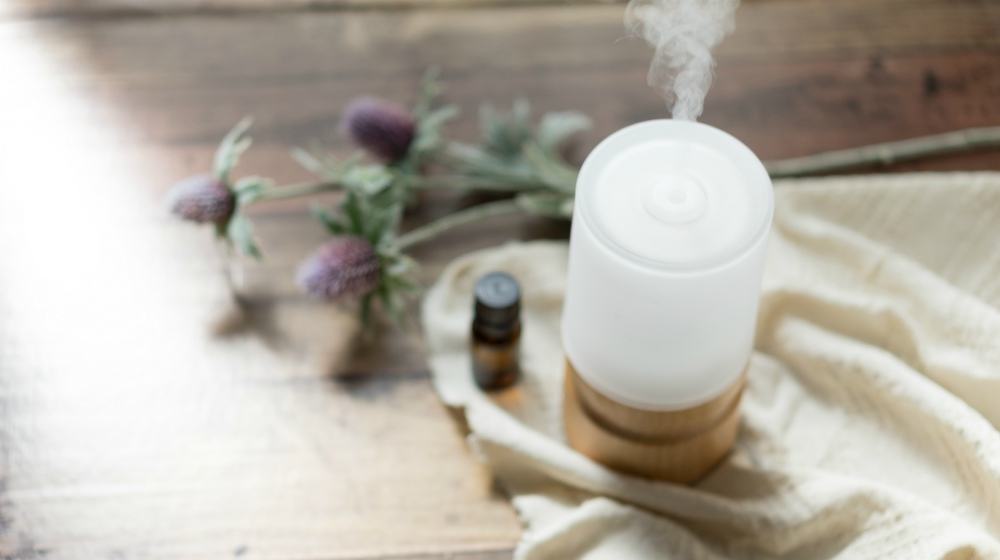Although summer temperatures are climbing across the country, it?s never too early to prepare for winter and the cold, dry air that comes with it. Many health problems can accompany the arrival of winter winds and cold, crisp days, such as winter sinuses, a stuffy nose, and even headaches and fatigue that come from thick and stuffy mucus passages. Air dryness can easily be addressed and fixed by using a?humidifier, which can be a wonderful addition to any home in the dry and cold seasons.
Using a Humidifier
Not only do humidifiers provide immediate health benefits and relief to some pesky seasonal symptoms, but they also help to prevent the growth of dangerous mold and bacteria in your home. It?s important to know how to properly use your humidifier, so you can ensure that you?re prepared for when the cold strikes!

First, let?s review the different types of humidifiers that are available for purchase:
Based on your own health needs, you can decide which one sounds like the best fit for you and your home!
- Ultrasonic humidifiers: These devices send out a cool mist in the air by using ultrasonic vibrations.
- Impeller humidifiers: These humidifiers send out the same type of cool mist, but it is done so through a rapidly rotating internal disc.
- Evaporative humidifiers blow cool air out by using a fan to push air through a moist internal filter.
- Warm-mist humidifier: This is actually a type of vaporizer that cools hot steam before pushing it through into room air, which is then vaporized and absorbed directly into surrounding air.
Some things to keep in mind: Cool mist humidifiers are recommended for homes that have small or young children, as they will not risk any accidental steam burns. However, both types do help to wash away allergens, bacteria, viruses, and irritants.
Now, let?s cover some basic humidifier knowledge that will help make sure you?re using the machine properly:
- A general rule of thumb is to keep humidity at 40-50%. Turning the moisture any higher than this can cause moisture condensation on the walls, air ducts, and windowsills. This of course can lead to mold and bacteria growth, so it?s best to keep moisture levels below 50% at all times.
- Clean your humidifier weekly to maintain healthy indoor air quality, as mineral buildup from water can quickly accumulate inside the filter. All you?ll need to do is rinse out the humidifier with warm water and a few tablespoons of vinegar once a week, and voila! Good as new!
- -Although the humidifier needs to be cleaned only once a week, the water tank should be emptied daily even if the device has not been in use for that day. This prevents bacteria growth in still water and makes sure that nothing will grow and spread next time the humidifier is turned on and in use.
- Make sure to use the right kind of water in your humidifier to avoid a mineral coating that can build up along the inside and coat the surfaces of your home. For this reason, it is best to use distilled or de-mineralzed water in your humidifier.
- An easy way to check if your humidifier is working as it should be and that the moisture levels are not too high is to check your carpets, walls, curtains, and bedding for signs of dampness. If they feel damp, the kind of dampness that your skin tends to feel if you?re in a particularly humid city for example, then your moisture levels are too high and need to be readjusted on the humidifier (remember, no higher than 50%!)
Here are some final tips and tricks to consider when purchasing and using your humidifier:
- You can purchase a humidity gauge that will measure the levels in your home for you, making it easier to adjust. These can be found in the same location that you purchase your humidifier.
- Portable humidifiers are clearly easy to move around and can be helpful if you don?t want to keep it on while you sleep, but would rather enjoy the benefits during everyday activities around the various rooms in your home.
- Central humidifiers (like the options listed previously) can be built directly into your home or office air-conditioning system. This is a better option for people who suffer from sinuses, congestion, or allergies on a more year-round basis, rather than seasonally.
Although we?re months away from winter?s chill and all the pesky sinus symptoms it can bring, it?s good to start early and be prepared for when winter arrives! These various humidifier options, along with some helpful hints for maintenance and use, will ensure that you sneeze less and sleep more when it?s cold outside!
Up Next:?Essential Oils For Hair Health
We may earn a commission for purchases made using our links. Please see our disclosure to learn more. We appreciate your support SO very much.







